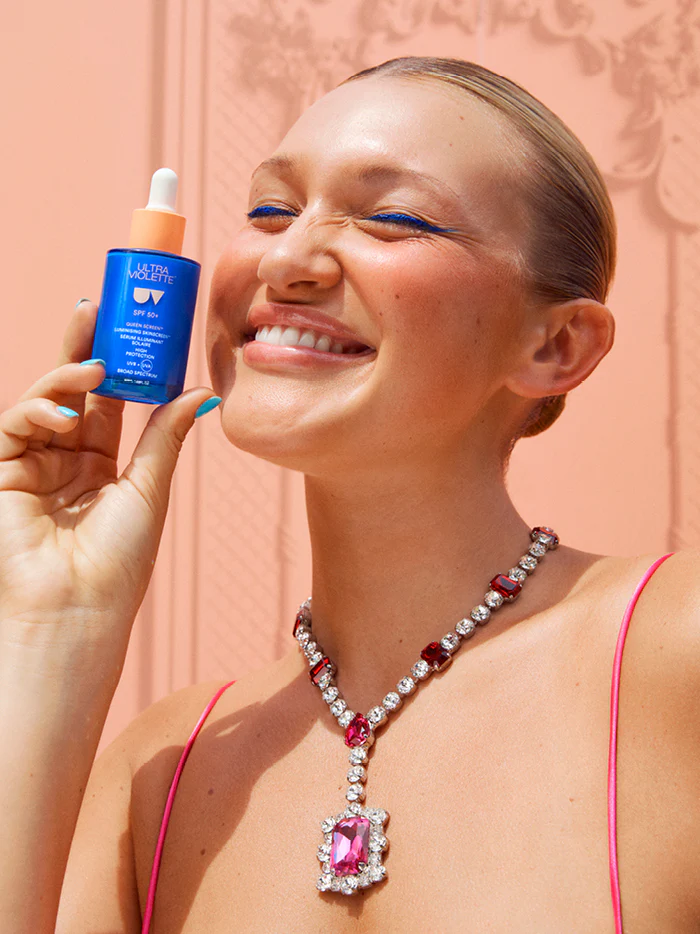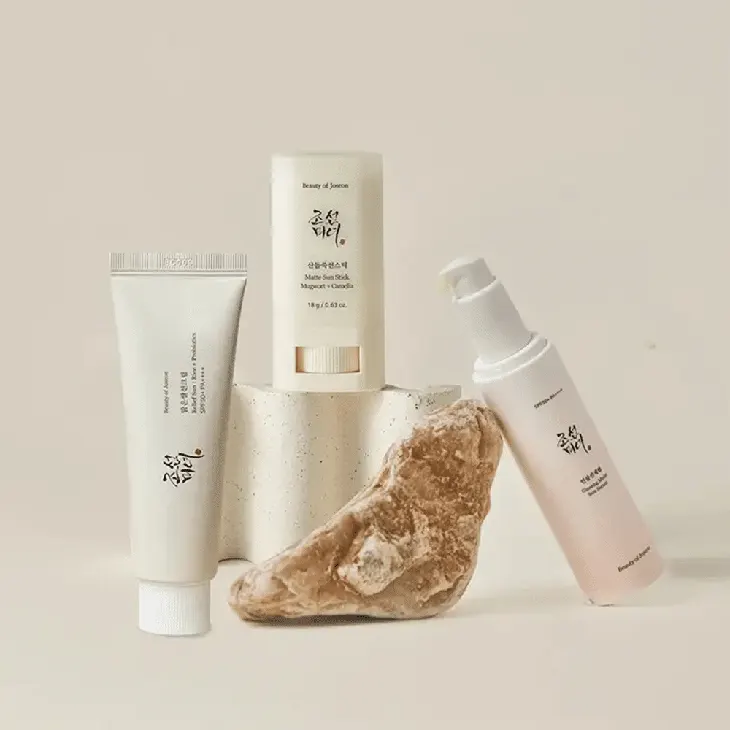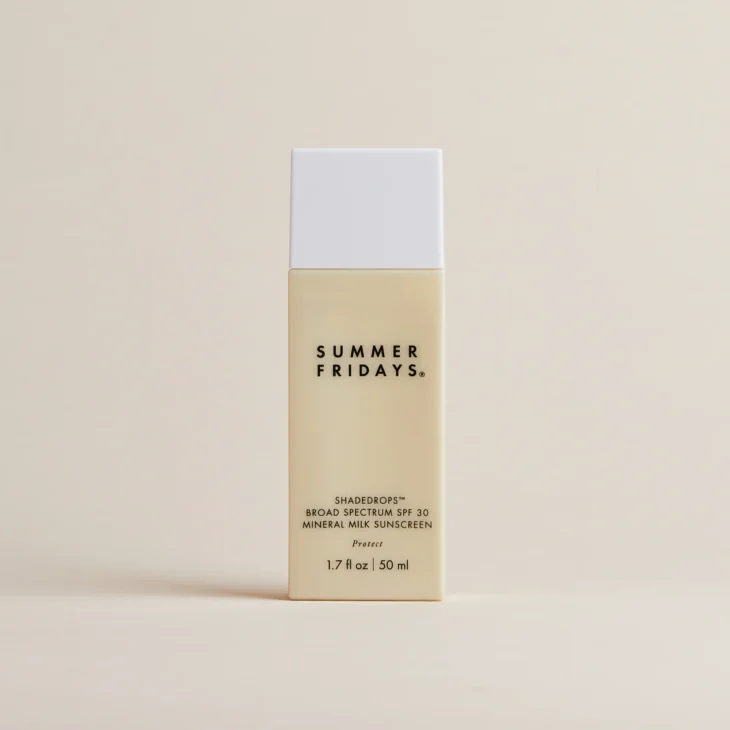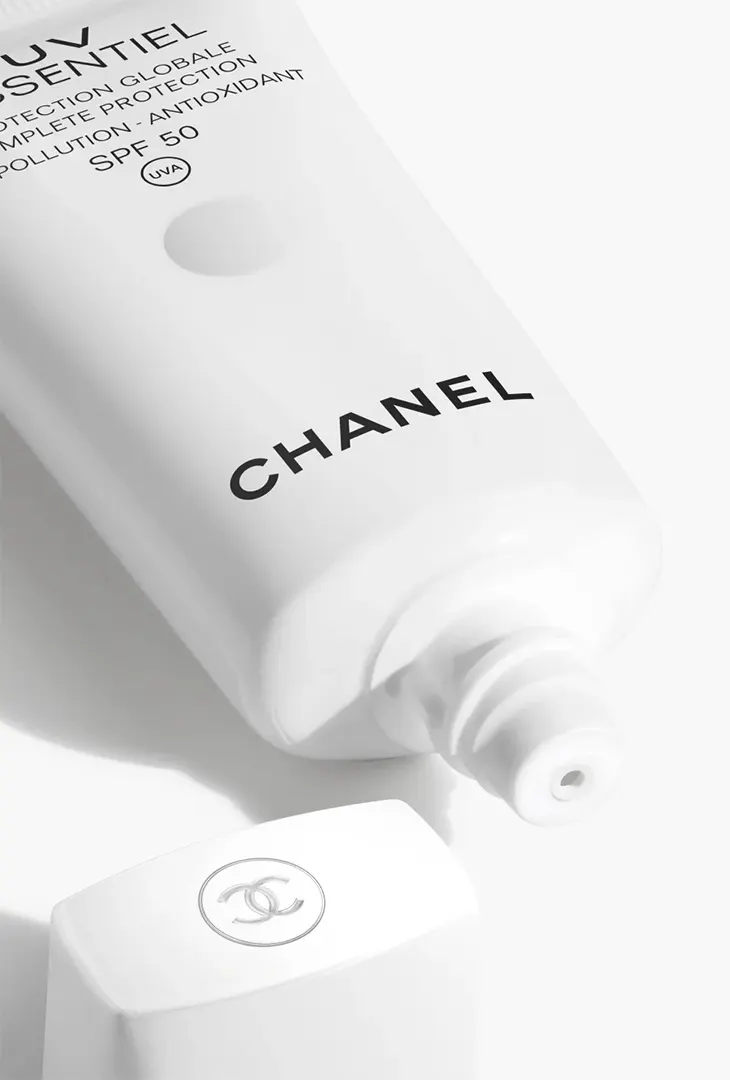
Sunscreen has long carried a reputation of being a necessary inconvenience, a sticky layer of protection that disrupts makeup, leaves a ghostly cast, and refuses to play well with skincare. But a quiet revolution in formulation has changed the conversation. Today’s SPF is invisible, elegant, and intentionally designed for daily use. The newest generation of sun protection products goes far beyond blocking UV rays, they disappear on the skin, deliver skincare benefits, and work effortlessly under makeup. They don’t ask for compromise, and that might be the most important shift of all.
SUN CARE
At the center of this evolution is texture. In contrast to the chalky, heavy formulas of the past, modern SPFs feel more like skincare than sun protection. They arrive as feather-light serums, dewy emulsions, or gel-to-water fluids that absorb within seconds, leaving no residue behind. These textures aren’t just about comfort; they’re about removing barriers to daily use. A product that feels good is a product people will reach for every morning, even when the skies are grey or the calendar reads January.

Silicone elastomers, microencapsulation, and sheer dispersion technology have allowed chemists to deliver high levels of UV filters without the unwanted side effects. As a result, high-SPF formulas with broad-spectrum protection can now be virtually undetectable on the skin. These innovations are especially meaningful for those with deeper skin tones who have historically been underserved by traditional SPF options. The white cast often associated with mineral filters like zinc oxide and titanium dioxide is being replaced with micronized versions or balanced out through clever tinting and translucency.
Texture, however, is only part of the story. What sets this new wave of SPFs apart is how well they multitask. Brands are collapsing categories to create hybrid formulas that serve multiple needs at once. A serum with SPF 50 that also contains niacinamide and peptides? A primer that protects against UVA, UVB, and pollution? These aren’t exceptions, they’re quickly becoming the norm. Consumers no longer have to layer six products to feel covered. In the process, sunscreen transforms from a final, reluctant step into a central part of the skincare ritual.

This multitasking approach also mirrors the growing demand for streamlined routines. As consumers become more selective about what earns a spot on their shelf, SPF must now justify its presence with benefits beyond protection. Anti-inflammatory ingredients, hydration complexes, skin barrier support, and even tone-correcting elements are showing up in sun care. Some brands are even leaning into sensorial experiences, offering SPFs that cool on contact, glow subtly under foundation, or leave a barely-there scent of citrus or fresh florals.
Behind this innovation is a fundamental shift in how sun care is being positioned. It’s no longer just a summer essential, it’s a daily, skin-first habit. Dermatologists have long advocated for year-round use, but now beauty brands are reinforcing that message with products designed to integrate into real life. The beach is no longer the primary setting for SPF. Instead, it’s being designed for commutes, office lighting, coffee dates, and everything in between. With the addition of blue light protection and antioxidant fortification, SPF is expanding its scope to meet the needs of modern living.

The aesthetic shift is just as significant. SPF is finally getting the luxury treatment, with packaging that rivals serums and moisturizers from premium brands. Minimalist tubes, frosted glass bottles, and airless pumps now house high-performance formulas that are meant to be displayed, not hidden away in a beach bag. This design-forward approach elevates SPF to the same status as a coveted skincare launch, it’s not just functional, it’s desirable.
Most importantly, this wave of innovation is removing excuses. There’s no longer a reason to skip sun protection due to texture, finish, cast, or compatibility. For every skin type and tone, there is now an invisible armor that feels like nothing but protects like everything. And with daily SPF use being the most effective defense against premature aging, sun damage, and even skin cancer, accessibility and wearability aren’t just cosmetic issues, they’re public health ones.
As the market continues to expand, SPF is no longer a product category confined to summer campaigns or beachside imagery. It’s evolving into one of the most dynamic and transformative corners of beauty. In this new era of skincare, protection is no longer visible. But its impact



